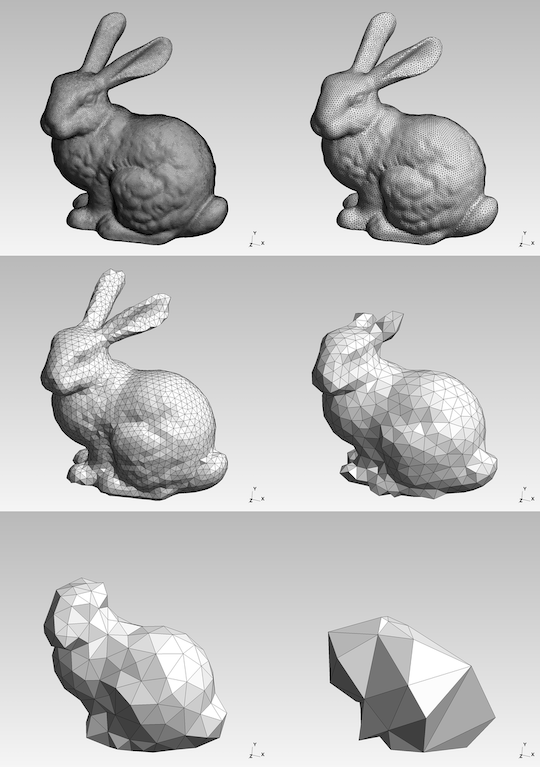
Alternatively, a non-interactive mode is also available in GMSH, without graphical user interface.įor example, to mesh this 1D tutorial in non-interactive mode, just type: geo script file with the geometrical description can be run in GMSH, to display the modelled device and to mesh it through the GMSH graphical interface. Thus, in this case, Physical points Anode and Cathode will be associated respectively to two Contacts (see in the following). N.B.: In general, in a nD simulation, (n-1)D physical regions (points in 1D, lines in 2D, surfaces in 3D) are used by TiberCAD to impose the required boundary conditions.Įach (n-1)D physical region defined in this way in GMSH will be associated in tiberCAD to a boundary condition region, through the keyword Contacts. In tiberCAD, this is done by associating one or more physical regions to a tiberCAD region through the keyword mesh_regions (see in the following).ĭefinition of two physical entities Physical Point It’s only these physical regions which can be referred to outside GMSH. In this way, in general, physical regions are created which associate together geometrical regions, and then the related mesh elements, which share some common physical properties. Physical Names consist of strings enclosed between quotation marks. Physical Names are assigned to the Physical entities. The expression(s) inside the braces on the right hand side give the identification numbers of all the geometrical lines that need to be grouped inside the physical line. Definition of the physical entity Physical Line "bulk" The two expressions inside the braces on the right hand side give the identification numbers of the start and end points of the line. Any other geometrical orientation could give impredictable results. N.B.: In a 1D simulation it is assumed that the geometrical model is restricted to the x axis.


The size of the mesh elements will then be computed in GMSH by linearly interpolating these characteristic lengths in the whole mesh. Thus, the smaller is the value of d, the greater is the mesh density close to that point. In the definition of a geometrical point, the three first expressions inside the braces on the right hand side give the three X, Y and Z coordinates of the point the last expression ( d) sets the characteristic mesh length at that point, that is the size of a mesh element, defined as the length of the segment for a line segment, the radius of the circumscribed circle for a triangle and the radius of the circumscribed sphere for a tetrahedron. Definition of geometrical entities Points These are valid GMSH variables: L is just the length of the Si sample d is the value of a characteristic mesh length (see below). In a GMSH script, several variables can be defined and given a value in this way:
#Gmsh 3d mesh tutorial how to#
In the following we’ll see how to write a basic GMSH script (bulk.geo) for any details please refer to GMSH manual GMSH ( ). Interactive, using the graphical interface.Here we will see in details the procedure for GMSH.
#Gmsh 3d mesh tutorial software#
To do so, you can use DEVISE module of ISE-TCAD 9.5 software package or GMSH program. In this section we will see, step by step, how to use tiberCAD to simulate numerically a semiconductor device.Īs a very simple 1D example we will refer to the Example_0 (Si bulk) that you can find in the examples directory.Īs a first step, we have to model the device.


 0 kommentar(er)
0 kommentar(er)
